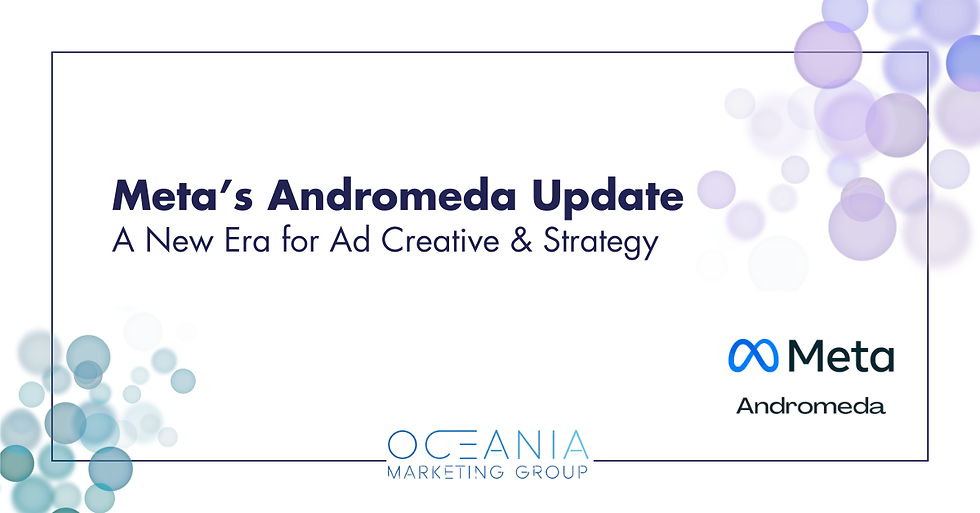Top Tips for Optimising YouTube for SEO
- Karen Lewis
- Sep 13, 2023
- 2 min read

Optimising your YouTube channel and videos for SEO (Search Engine Optimisation) is crucial for increasing visibility, attracting more viewers, and growing your channel's audience. Here are some essential SEO tips for YouTube:
Keyword Research:
Start by conducting thorough keyword research to identify popular and relevant keywords or phrases in your niche. Tools like Google Keyword Planner, SEMrush, or even YouTube's autocomplete feature can help.
Video Title Optimisation:
Create compelling, descriptive, and keyword-rich video titles that accurately reflect the content of your video. Keep titles concise and under 60 characters for better visibility in search results.
Video Description:
Write detailed video descriptions that include your target keywords naturally. Include a brief summary of the video, relevant links (to your website or social media), and timestamps for different sections of the video.
Tags:
Use relevant tags that describe the content of your video. Include primary and secondary keywords. Look at the tags used by popular videos in your niche for inspiration.
Thumbnail Optimisation:
Design custom and eye-catching thumbnails that accurately represent your video's content. Thumbnails can significantly impact click-through rates.
Engaging Content:
Create high-quality, engaging, and valuable content. The longer people watch your videos, the better they tend to rank.
Video Length:
While video length can vary, try to maintain viewer engagement. Longer videos should provide value throughout, while shorter videos should get straight to the point. To repurpose your videos on social media channels it is recommended to create 5, 15 and 30 second versions of video content.
Engage with Your Audience:
Encourage likes, comments, and subscriptions. Respond to comments promptly and interact with your audience to build a community around your channel.
Video Transcripts and Closed Captions:
Adding accurate transcripts or closed captions can improve accessibility and help search engines understand your video's content.
Playlists and Categorisation:
Organise your videos into playlists to make it easier for viewers to find related content. Categorise your videos correctly.
Promote Your Videos:
Share your videos on social media, your website, and relevant forums or communities. Encourage your audience to share them as well.
Collaborate with Others:
Collaborate with other YouTubers in your niche. This can help cross-promote your content to a broader audience.
Monitor Analytics:
Regularly review YouTube Analytics to understand how your videos are performing. Adjust your strategy based on viewer data.
Consistency:
Maintain a consistent upload schedule to keep your audience engaged and coming back for more.
Mobile Optimisation:
Ensure your videos are mobile-friendly, as a significant portion of YouTube traffic comes from mobile devices.
Optimise Channel Page:
Customise your YouTube channel page with a banner, profile picture, and a compelling channel description.
CTR and Watch Time:
Pay attention to Click-Through Rate (CTR) and Watch Time metrics. High CTR and longer watch times can positively impact your videos' rankings.
Stay Up-to-Date:
Keep up with YouTube's algorithm changes and best practices for SEO. The platform evolves, so your strategy should too.
Remember that YouTube SEO is an ongoing process, and it may take time to see significant results. Stay patient, adapt your strategy based on analytics, and continue to create valuable content for your audience.
%20(18).png)






.png)


Comments